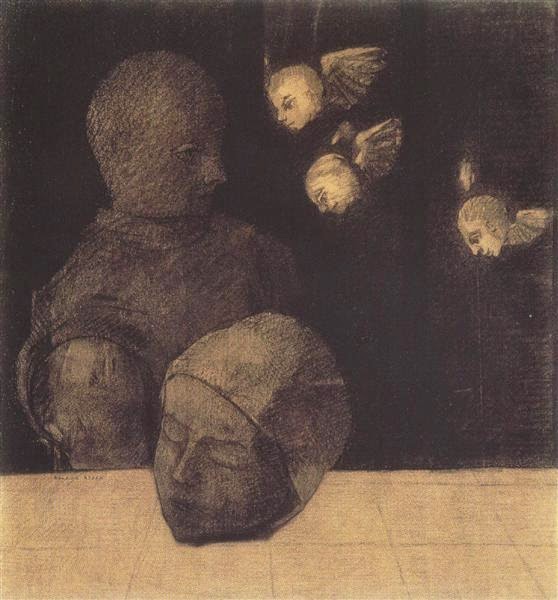in the thicket
what do chipmunks dream
while vacationing?
Inspired by Yabu-iri (Servant’s Day or “thicket entering”) - an obscure season marker for
spring or late New Year.
“On or about the sixteenth of the
first month, servants and apprentices were allowed to go home for a short
visit. This would have meant that the holiday started with the full moon.”
So, in Issa’s haiku:
ending the Servant’s Holiday
on purpose ...
sliver moon
on purpose ...
sliver moon
“The final slip of moon means the
holiday is over, which tells us it lasted less than two weeks (Lanoue,
1991-2009: moon, 1803). There also was a
second servants’ holiday on the sixteenth of the sixth or seventh month, but
yabu-iri in haiku was codified as an early spring kigo (or late New Year kigo).” (Source)
Apprentices also had a “servant’s holiday”:
apprentice’s holiday:
a good-luck amulet
forgotten in the grass
a good-luck amulet
forgotten in the grass
Buson
**
If I recall correctly, “thicket-entering” is sort of like
saying the servants were headed home “in the sticks” or “in the boonies” as we would say here in the U.S.
Here are a slew of Issa haiku about the servants.
**
Neat fact of the day:
“chipmunk” comes from the Ojibwe word “ajidamoo” (one who descends trees headlong).
They don’t really hibernate – they enter a state of deep torpor. I can hardly wait for our friendly
neighborhood chipmunk “Boxcar Willie” to return from his “long winter’s nap”!
******



